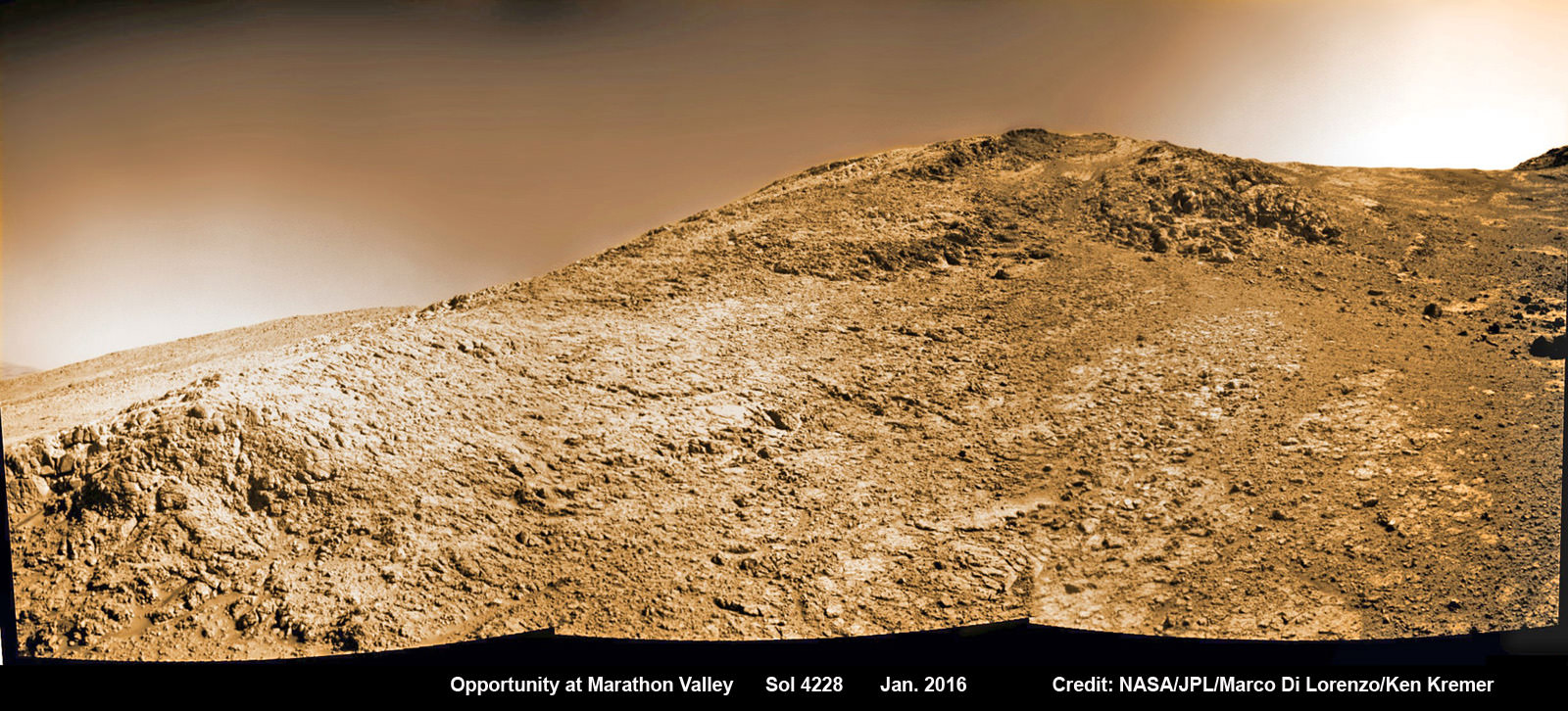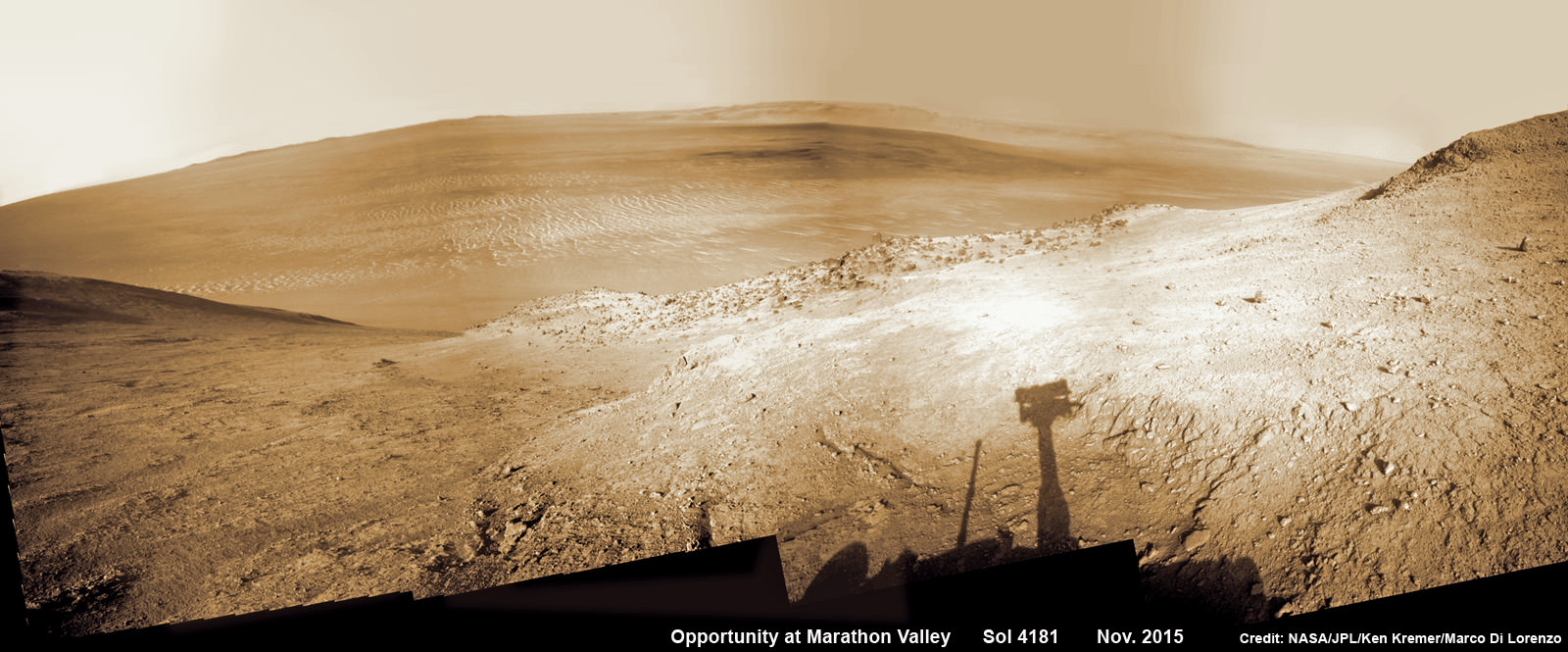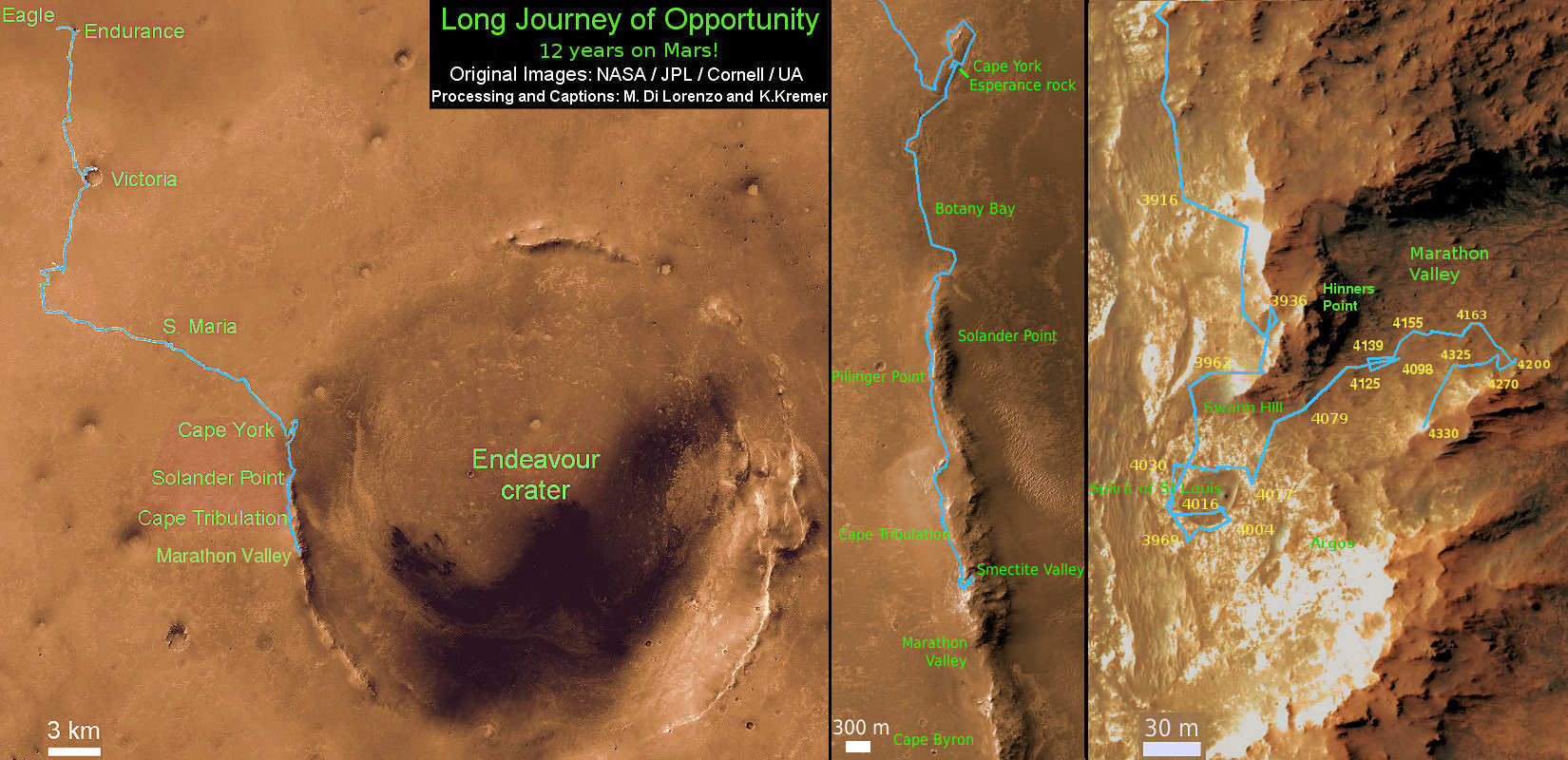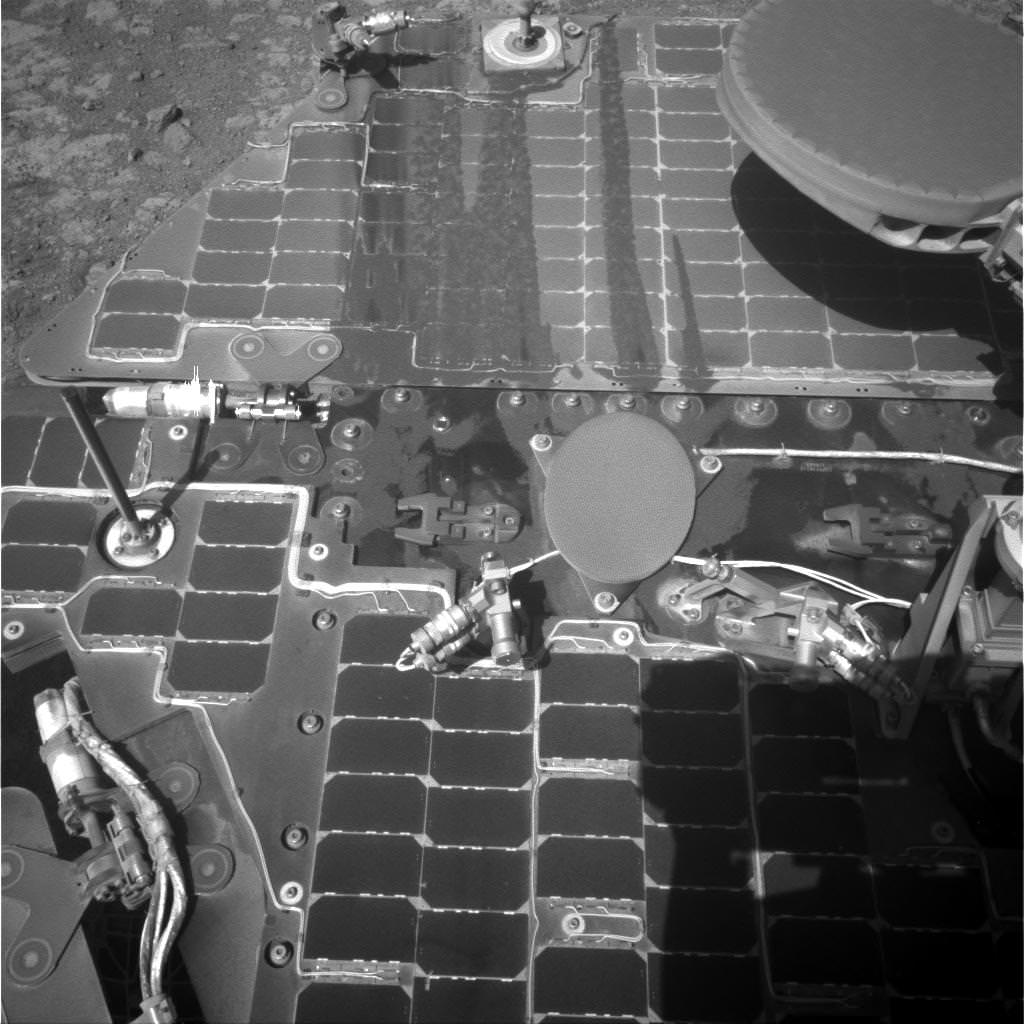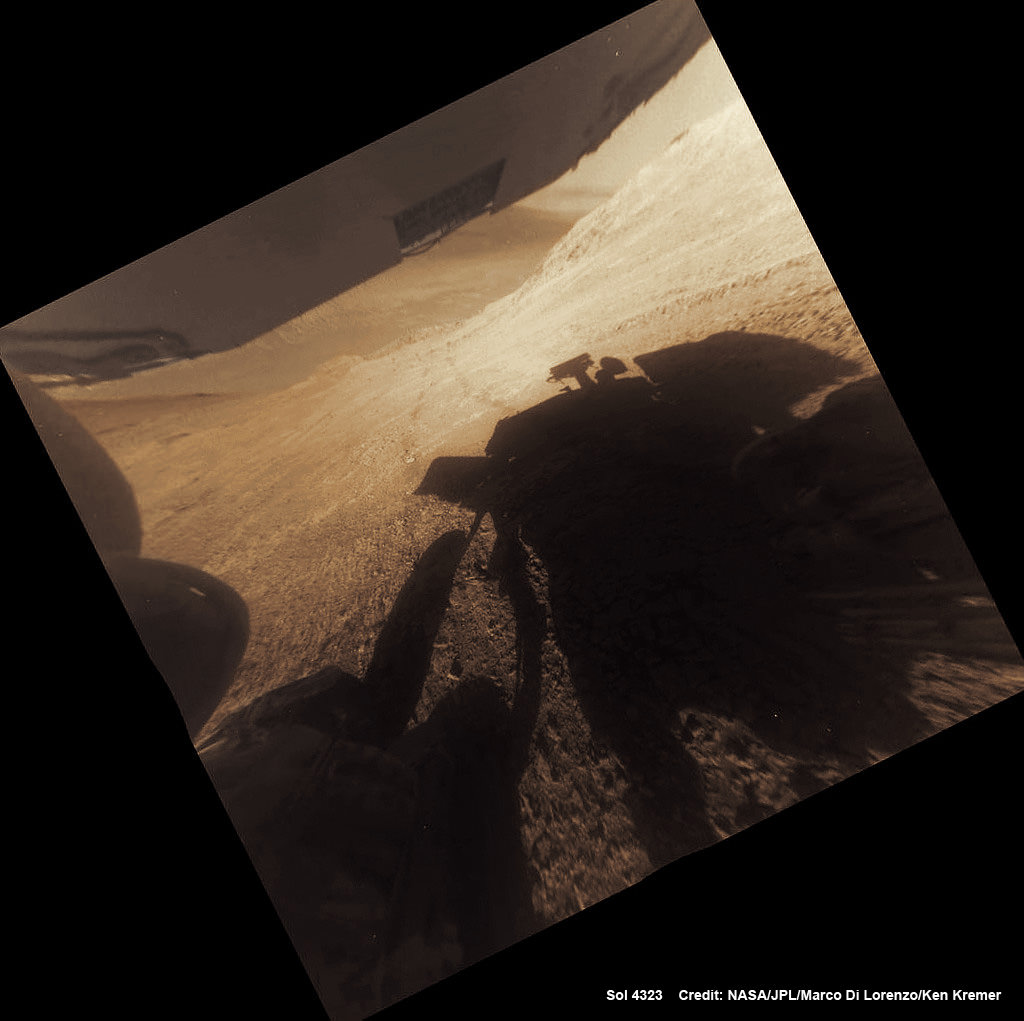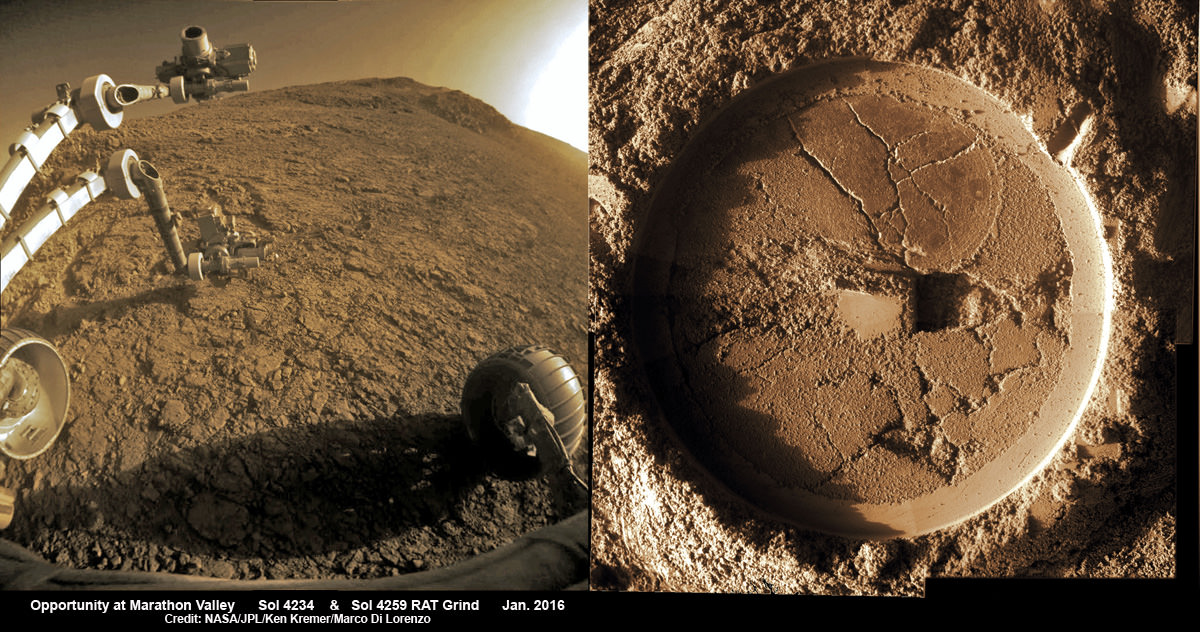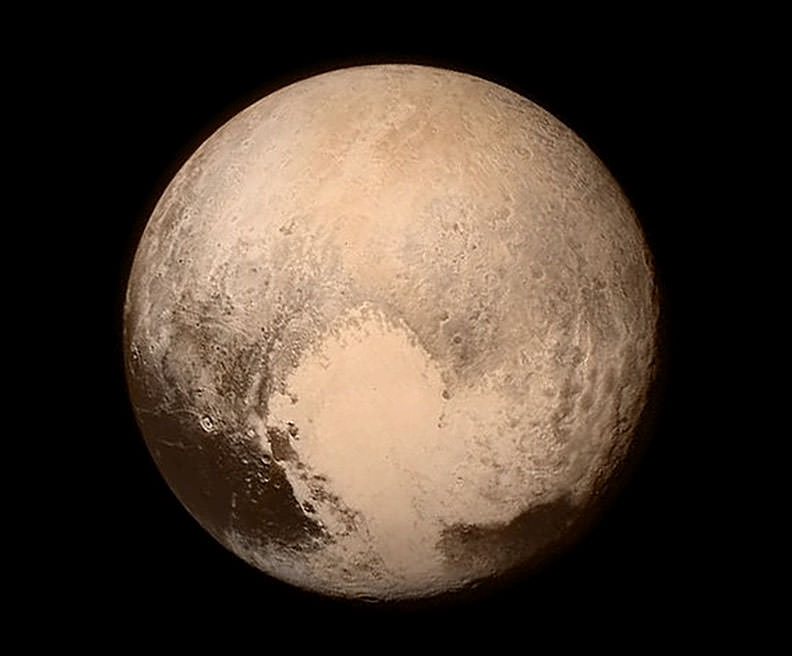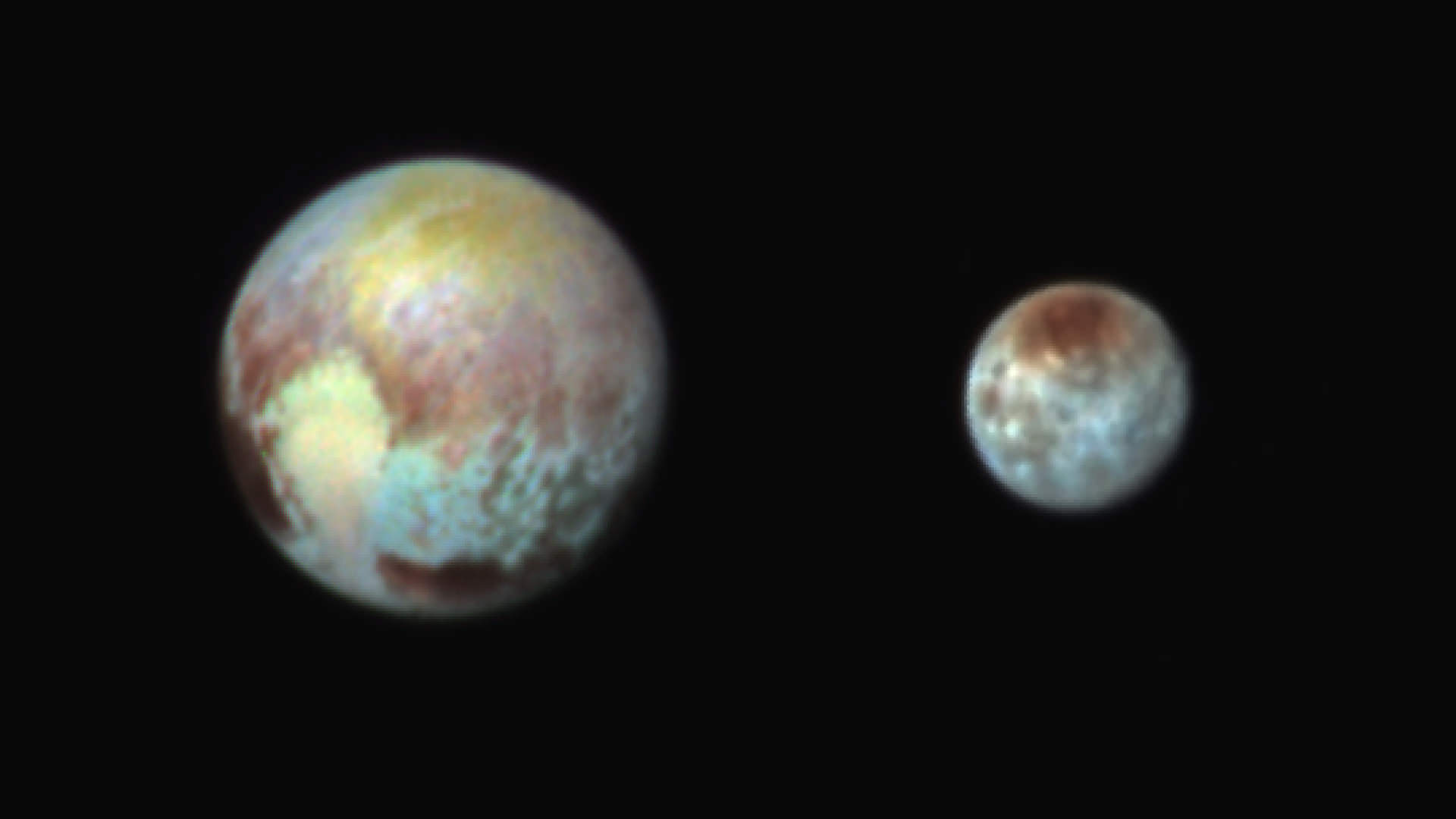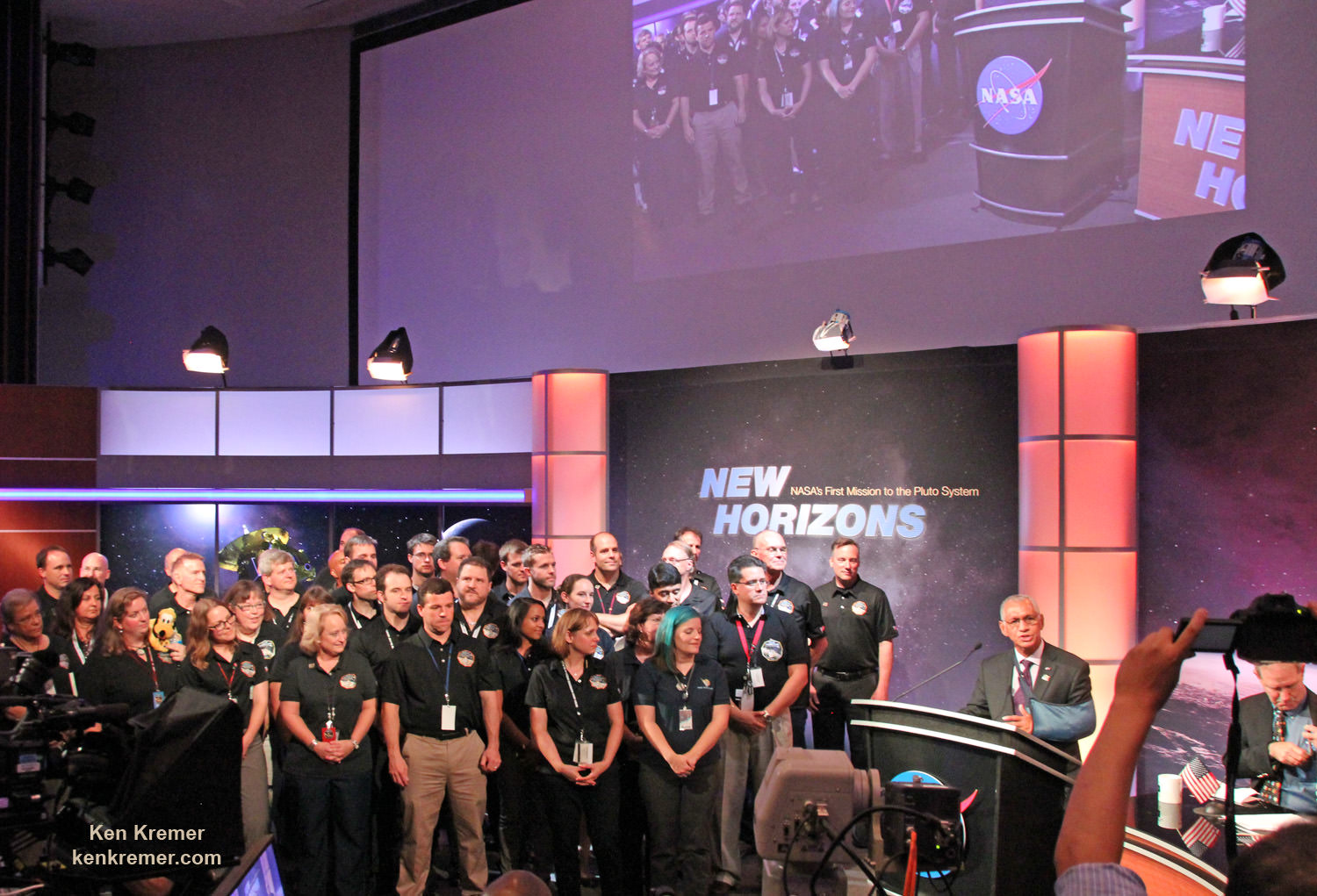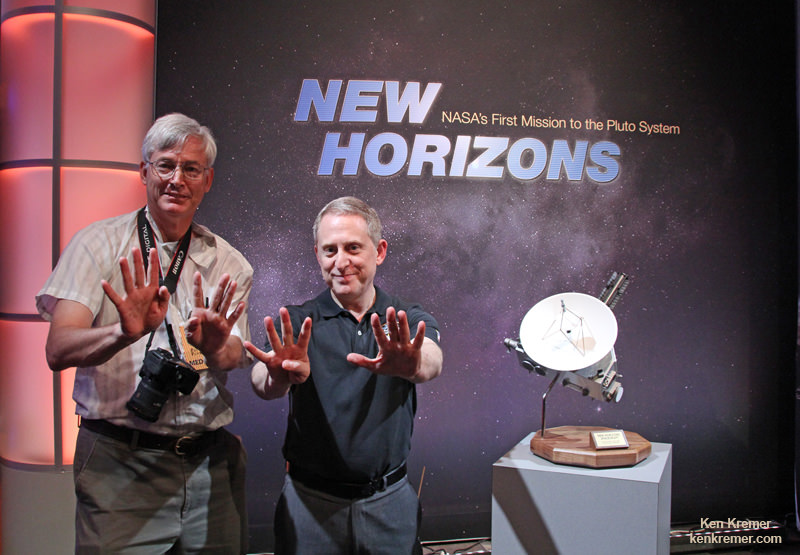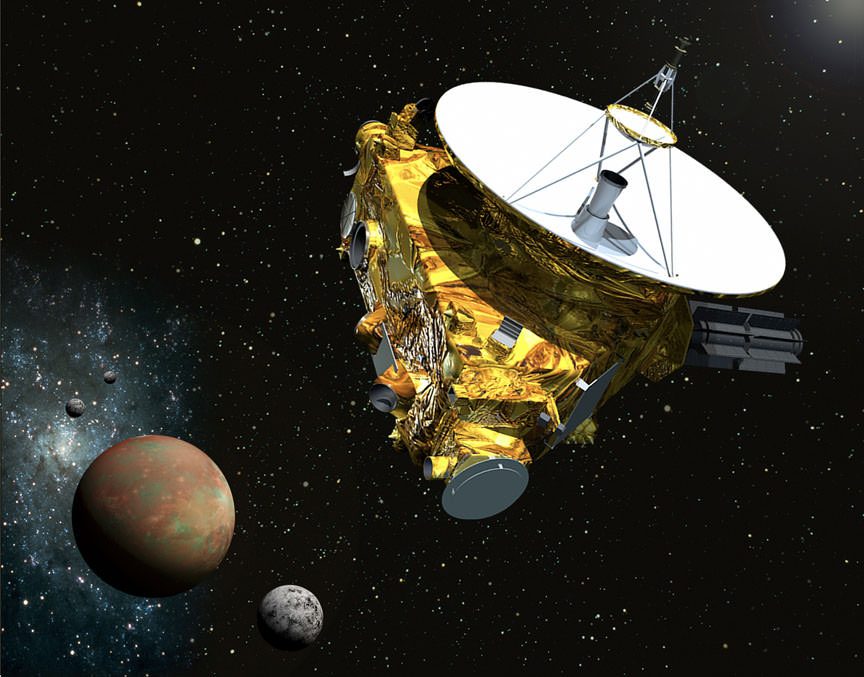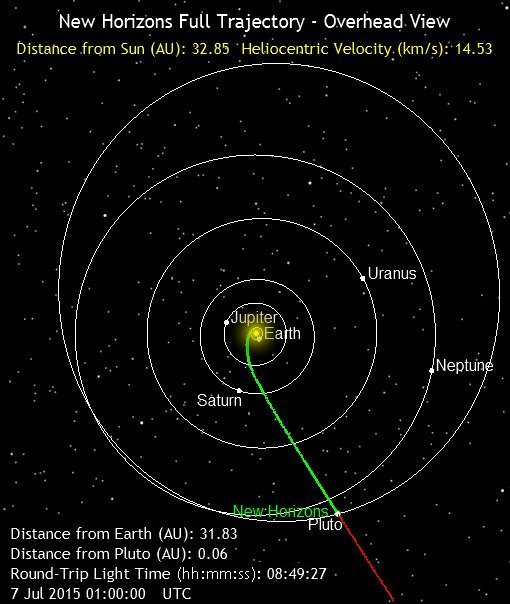
In an ‘Independence Day’ gift to a slew of US planetary research scientists, NASA has granted approval to nine ongoing missions to continue for another two years this holiday weekend.
The biggest news is that NASA green lighted a mission extension for the New Horizons probe to fly deeper into the Kuiper Belt and decided to keep the Dawn probe at Ceres forever, rather than dispatching it to a record breaking third main belt asteroid.
And the exciting extension news comes just as the agency’s Juno probe is about to ignite a do or die July 4 fireworks display to achieve orbit at Jupiter – detailed here.
“Mission approved!” the researchers gleefully reported on the probes Facebook and Twitter social media pages.
“Our extended mission into the #KuiperBelt has been approved. Thanks to everyone for following along & hopefully the best is yet to come.

The New Horizons spacecraft will now continue on course in the Kuiper Belt towards an small object known as 2014 MU69, to carry out the most distant close encounter with a celestial object in human history.
“Here’s to continued success!”
The spacecraft will rendezvous with the ancient rock on New Year’s Day 2019.
Researchers say that 2014 MU69 is considered as one of the early building blocks of the solar system and as such will be invaluable to scientists studying the origin of our solar system how it evolved.
It was almost exactly one year ago on July 14, 2015 that New Horizons conducted Earth’s first ever up close flyby and science reconnaissance of Pluto – the most distant planet in our solar system and the last of the nine planets to be explored.

The immense volume of data gathered continues to stream back to Earth every day.
“The New Horizons mission to Pluto exceeded our expectations and even today the data from the spacecraft continue to surprise,” said NASA’s Director of Planetary Science Jim Green at NASA HQ in Washington, D.C.
“We’re excited to continue onward into the dark depths of the outer solar system to a science target that wasn’t even discovered when the spacecraft launched.”
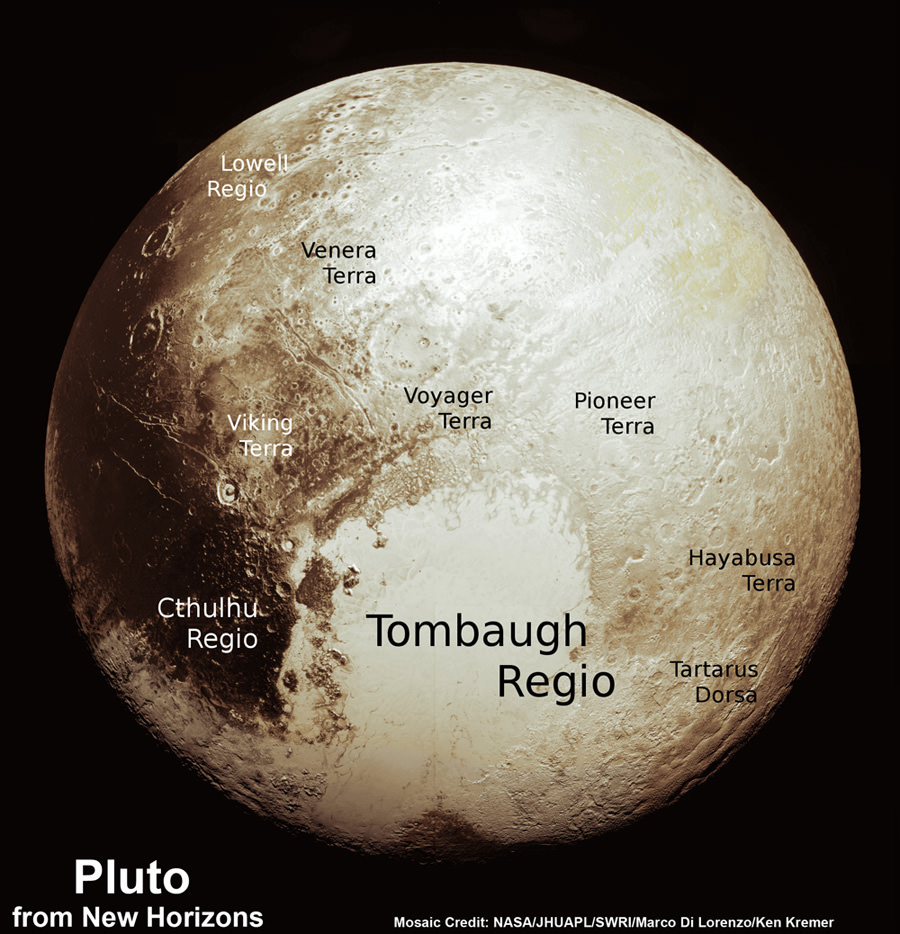
While waiting for news on whether NASA would approve an extended mission, the New Horizons engineering and science team already ignited the main engine four times to carry out four course changes in October and November 2015, in order to preserve the option of the flyby past 2014 MU69 on Jan 1, 2019.
Green noted that mission extensions into fiscal years 2017 and 2018 are not final until Congress actually passes sufficient appropriation to fund NASA’s Planetary Science Division.
“Final decisions on mission extensions are contingent on the outcome of the annual budget process.”
Tough choices were made even tougher because the Obama Administration has cut funding for the Planetary Sciences Division – some of which was restored by a bipartisan majority in Congress for what many consider NASA’s ‘crown jewels.’
NASA’s Dawn asteroid orbiter just completed its primary mission at dwarf planet Ceres on June 30, just in time for the global celebration known as Asteroid Day.
“The mission exceeded all expectations originally set for its exploration of protoplanet Vesta and dwarf planet Ceres,” said NASA officials.
The Dawn science team had recently submitted a proposal to break out of orbit around the middle of this month in order to this conduct a flyby of the main belt asteroid Adeona.
Green declined to approve the Dawn proposal, citing additional valuable science to be gathered at Ceres.
The long-term monitoring of Ceres, particularly as it gets closer to perihelion – the part of its orbit with the shortest distance to the sun — has the potential to provide more significant science discoveries than a flyby of Adeona,” he said.
The funding required for a multi-year mission to Adeona would be difficult in these cost constrained times.
However the spacecraft is in excellent shape and the trio of science instruments are in excellent health.
Dawn arrived at Ceres on March 6, 2015 and has been conducting unprecedented investigation ever since.
Dawn is Earth’s first probe in human history to explore any dwarf planet, the first to explore Ceres up close and the first to orbit two celestial bodies.
The asteroid Vesta was Dawn’s first orbital target where it conducted extensive observations of the bizarre world for over a year in 2011 and 2012.
The mission is expected to last until at least later into 2016, and possibly longer, depending upon fuel reserves.
Due to expert engineering and handling by the Dawn mission team, the probe unexpectedly has hydrazine maneuvering fuel leftover.
Dawn will remain at its current altitude at the Low Altitude Mapping Orbit (LAMO) for the rest of its mission, and indefinitely afterward, even when no further communications are possible.
Green based his decision on the mission extensions on the biannual peer review scientific assessment by the Senior Review Panel.
Dawn was launched in September 2007.
The other mission extensions – contingent on available resources – are: the Mars Reconnaissance Orbiter (MRO), Mars Atmosphere and Volatile EvolutioN (MAVEN), the Opportunity and Curiosity Mars rovers, the Mars Odyssey orbiter, the Lunar Reconnaissance Orbiter (LRO), and NASA’s support for the European Space Agency’s Mars Express mission.
Stay tuned here for Ken’s continuing Earth and planetary science and human spaceflight news.



